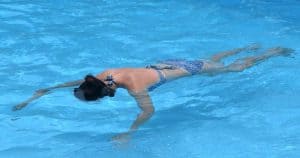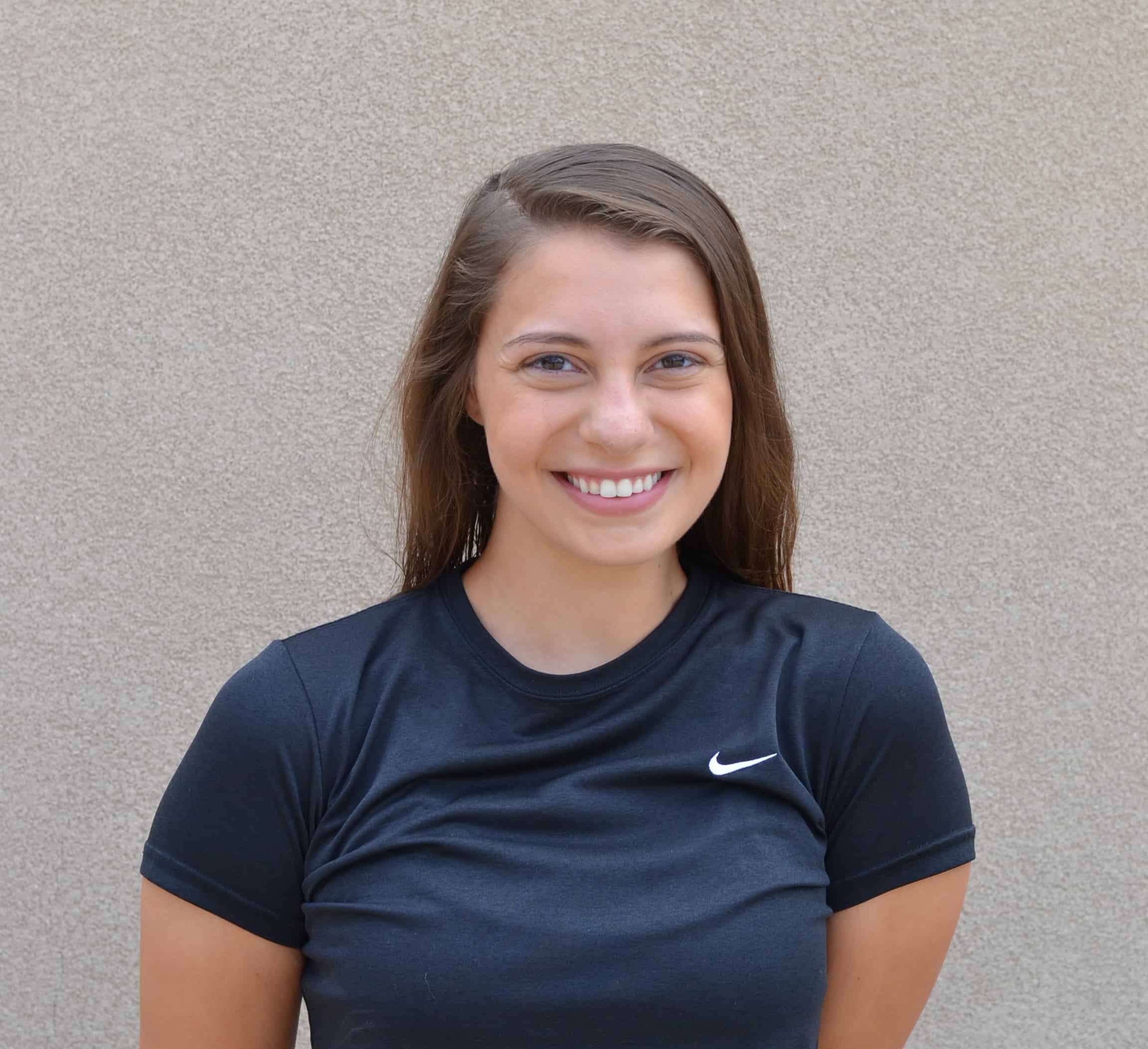
Holding your breath underwater for a prolonged period of time can be deadly. A condition known as shallow water blackout can occur if you “faint” in the water, which can have tragic consequences if rescue isn’t immediate. Learn how shallow water blackout occurs so you can prevent it from happening to you, your child, or other swimmers around you.
Why Shallow Water Blackout Happens
Shallow water blackout happens when a person loses consciousness due to hypoxia or lack of oxygen to the brain caused by repeatedly holding one’s breath for long periods of time. SWB can affect any type of swimmer that is holding their breath continuously. According to the Shallow Water Blackout Prevention Organization, SWB is most common among swimmers who are physically fit. A swimmer is especially at risk when intentional or unintentional hyperventilation occurs before breath-holding. Hyperventilation lowers a swimmer’s carbon dioxide levels, causing a loss of consciousness while breath holding.
How It Happens
These are the stages that lead to shallow water blackout:
- Hyperventilation – Rapid or overbreathing, consciously or due to overexertion (i.e. after lap swimming), lowers a swimmer’s carbon dioxide levels.
- Oxygen Drops – If a swimmer were to resume lap swimming or proceed to hold their breath in any capacity underwater, oxygen is metabolized and carbon dioxide levels increase. The body becomes starved of oxygen as the breath hold continues.
- Unconsciousness – Increased carbon dioxide levels would normally trigger a breath. However, because hyperventilation caused carbon dioxide levels to be so low upon submersion, there is not enough CO2 to initiate a breath and the swimmer loses consciousness.
- Drowning – When the swimmer loses consciousness, the body reacts and forces a breath. This action causes the lungs to fill with water and results in the swimmer drowning if a rescue is not immediate.
How to Prevent It
- Do not practice prolonged breath holding! Many organizations have already banned breath holding games from their pools. Parents should be conscious of their children’s activity in the water and inform them of the dangers of such games.
- Never intentionally hyperventilate.
- Never swim alone. If practicing breath holding, do so with a buddy who’s attention is solely focused on monitoring you. Breath holding/SWB is difficult to detect from the surface of the water. DO NOT rely on lifeguards to be aware of breath holding.
SWB can occur to both children and adults. If you are lap swimming, give yourself an adequate amount of time to catch your breath. It’s also important to teach your children not to play breath holding games if they are not closely supervised because SWB can occur. Always keep a close eye on your children in and around water. Swim lessons will teach them water safety skills and proper swimming techniques. There’s never an improper age to learn how to swim!
Sign Up for Swim Lessons!Written by Cenia Espinoza, Aquatics Director at Elite Sports Club – River Glen
Cenia has a B.S. in Psychology from UW-Milwaukee and is an American Red Cross certified Lifeguard and Water Safety Instructor.

2 Comments
Can this happen with regular lap swimming? Like freestyle taking breaths every 5 strokes or so?
It can be triggered if you hold your breath too long. Never resist the urge to breathe.